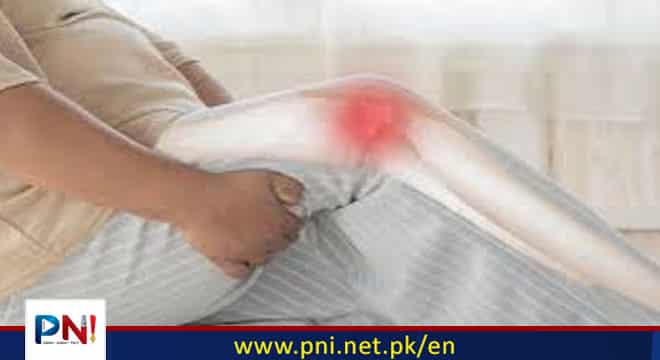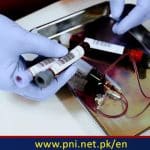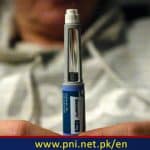ISLAMABAD, Feb 05 (Online): Higher scores on the dietary inflammatory index in patients with knee osteoarthritis (KOA) were associated with an increased risk of experiencing greater pain over 10 years of follow-up.
METHODOLOGY:
• The researchers recruited 944 adults aged 50-80 years from the community; the mean age at baseline was 62.9 years, 51% were female, the mean body mass index was 27.9 kg/m2, and 60% had radiographic KOA at baseline.
• Magnetic resonance imaging was used to identify structural changes in the knee based on cartilage volume and bone marrow lesions at baseline and follow-up; knee pain was assessed using the Western Ontario and McMaster Universities Osteoarthritis Index pain questionnaire.
• Dietary inflammation was measured using energy-adjusted dietary inflammatory index (E-DII) scores based on nutritional information from the Food-Frequency Questionnaire (FFQ).
TAKEAWAY:
• Over a follow-up period of 10.7 years, higher E-DII scores were positively associated with increased pain scores (ß = 0.21) after adjustment for age, sex, body mass index, steps per day, education, emotional problems, employment status, comorbidities, and radiographic KOA.
• E-DII scores were not associated with tibial cartilage volume loss or overall bone marrow loss.
• Patients with higher E-DII scores had a significantly higher risk of being on a moderate pain trajectory (relative risk ratio, 1.19), compared with those who followed a minimal pain trajectory over the follow-up period.
IN PRACTICE:
“An anti-inflammatory diet may reduce pain among KOA patients. Future trials investigating the potential of an anti-inflammatory diet for pain relief in KOA are warranted,” the researchers wrote.
SOURCE:
The lead author on the study was Canchen Ma, PhD, of the University of Tasmania, Hobart, Australia. The study was published online on January 29, 2024, in Arthritis Care & Research.
LIMITATIONS:
The study used a relatively small number of nutrients from the FFQ to calculate the E-DII scores; participants also exhibited a narrower range of E-DII scores than previous studies. The researchers were unable to account for pharmacologic or preventive treatments.
DISCLOSURES:
The study was supported by the National Health and Medical Research Council of Australia (NHMRC) and Arthritis Australia. Several authors received support from the National Heart Foundation Fellowship, the NHMRC Leadership Fellowship, the NHMRC Practitioner Fellowship, and the NHMRC Early Career Fellowship. The researchers had no financial conflicts to disclose.








